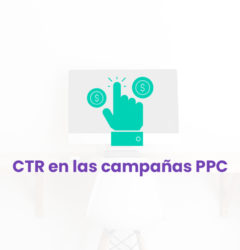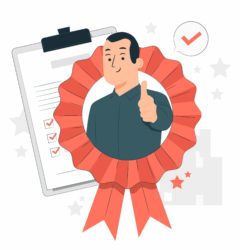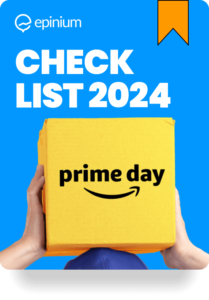In this second part we continue to answer frequently asked questions from Amazon Vendor Central.
How can we set prices in Vendor Central?
How to set the price is one of the most frequently asked questions on Amazon Vendor. Vendors set the selling price when they create the product listing. If Amazon is happy with the price we set, they will place an order with us.
If Amazon does not agree with the price, we will receive an email requesting improvements in the cost of certain products.
So what we can do is:
- Match the price Amazon wants
- Lower the price but not as much as Amazon asks for it
- Mark the stock as permanently out of stock
Amazon is aggressive with pricing and companies may decide not to use Vendor Central, instead selling to Amazon at the price they demand.
Will Amazon stick to the minimum advertised price?
The main objective is to offer competitive prices and they like to be in control. The MAP or minimum advertised price limits them, so they are very unlikely to accept it.
Even if we have an agreement with them, it does not mean that they adhere to MAP prices.
The only exception to this rule might be for larger or more influential brands that Amazon wants to keep on its side.
Getting Amazon to follow MAP prices is very difficult, but as a vendor there are two things that give us a better chance:
- Have a distribution control to make sure that no one else is selling below the MAP.
- Managing overstock. Making sure Amazon doesn’t have too much inventory. Because if it does, and it’s not selling, it will drop the price below the MAP to try to sell it.
What is Fulfillment Direct at Vendor Central?
With this program we can still sell directly to Amazon. But instead of shipping inventory to Amazon before it is sold to the end consumer, we ship it directly to the buyer after they place an order. Amazon will pay us for the orders we have shipped.
Direct Fulfillment is available to all vendors. We will first enroll in the Vendor Central program. Amazon will then run a series of checks to make sure we can ship within a certain timeframe (typically three to five days). Once approved, we can set up inventory levels and start receiving orders through Direct Fulfillment.
If a supplier is approved for Direct FullFilment but does not meet shipping standards, access may be withdrawn.
Likewise, if a supplier performs well and meets delivery times, you can request a change to faster shipments, typically one or two days.
Will my product sell more if it is sold by Amazon?
Another frequently asked question about Amazon vendor, is whether our products will sell more if it is sold by Amazon. Some companies are willing to use Vendor Central because they believe the ad says “shipped and sold by Amazon” will help the product sell more.
It stands to reason that buyers prefer to shop on Amazon, and that Amazon may have an advantage over marketplace sellers in both search and shopping results. In fact, some companies report that their sales are higher as a vendor than as a seller. In reality, however, there is not much difference.
Why aren’t sales of products sold by Amazon increasing? Customers are looking for the Prime label, but are less concerned about who sells the product. Customers know they are protected by Amazon regardless of who they buy from.
Having products sold by Amazon can have a positive effect on higher value products. If customers are going to shell out a large sum of money, seeing that the product is sold by Amazon can offer additional security.
Who establishes the listings as vendor?
As vendors we are responsible for providing product data and setting up listings. The process is similar to Seller Central. We complete the form and connect it to the catalog or enter the information manually. Including product attributes, description, bullets, title and price.
In Seller Central, this data is usually displayed immediately. In Vendor Central, Amazon checks all listings submitted to make sure they conform to their standards. This is because, as vendors, Amazon is ultimately responsible for how we describe products. Amazon can also make changes to your listings if any item does not meet their standards.
Regardless, it’s worth signing up for the Brand Registry. That focuses on the brand, rather than whether we use Seller Central or Vendor Central, which means it can offer us protection against counterfeits across Amazon.
What advertising options do vendors have?
The advertising options for vendors through Amazon Ads are as follows:
- Sponsored Products Ads are the same for vendors and sellers.
- Sponsored Brands are the same for vendors and sellers.
- Products Display Ads are only available for vendors.
It should be noted that sellers have to be registered in the Brand Registry to use the Sponsored Brand, while vendors do not.
Vendors can also pay Amazon to appear in emails or on the category page for the product. These options are expensive and are typically only used by large brands.
Advertising is optional, but it can give us a big increase in sales, especially in the case of new products, and provide a positive return overall.
Save time in this process with our platform where Amazon sellers can save 60% time in optimizing product detail pages, be 50% more effective following Amazon’s Style Guidelines and increase their sales by 30%. Get a free audit and start optimizing your listings now! Take advantage of it.






